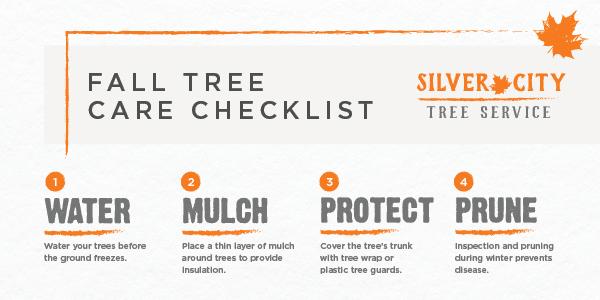Seasonal Tree Trimming: When And How To Trim For Ideal Development
Seasonal Tree Trimming: When And How To Trim For Ideal Development
Blog Article
Short Article Author-Harrison Bennetsen
When it comes to seasonal tree cutting, timing and strategy are crucial for your trees' wellness and development. You might be amazed at how much a basic cut can urge new life. Understanding when to trim dormant trees versus flowering ones can make all the distinction. Yet it's not practically when; it's likewise regarding just how you do it. Let's discover the very best practices to ensure your trees thrive.
Understanding the very best Seasons for Tree Trimming
When's the very best time to cut your trees? The response depends on comprehending the periods. Late winter season to early spring is frequently optimal, as trees are still inactive. Remove Small Tree Stump minimizes stress and promotes healthier development when they stir up.
Nevertheless, if you're managing flowering trees, consider trimming right after their flowers fade. This guarantees you will not remove following year's flowers.
In How To Trim A Large Ficus Tree , light cutting can help maintain shape and remove any kind of dead or infected branches. Prevent hefty pruning throughout autumn, as trees are getting ready for dormancy and may struggle to heal.
Eventually, recognizing your tree species and regional environment will certainly direct your trimming timetable. Choose sensibly, and your trees will certainly prosper magnificently year-round.
Vital Trimming Methods for Healthy Trees
Trimming your trees properly is critical for their health and longevity. Beginning by using tidy, sharp devices to make precise cuts, which helps prevent damage and disease.
Concentrate on removing dead, harmed, or going across branches first; this urges better air movement and sunlight penetration. When reducing, go for an angle that promotes recovery and minimizes the risk of rot. Constantly trim just outside the branch collar, the puffy location where the branch fulfills the trunk, to enhance recuperation.
For young trees, form them by selectively trimming to create a strong structure. Lastly, avoid over-pruning; eliminating way too much vegetation can emphasize your tree.
Common Mistakes to Prevent When Pruning
Several house owners make essential blunders while pruning their trees, which can cause long-lasting damage.
One common error is over-pruning, where you get rid of a lot of branches at the same time. This can stress the tree and impede its development.
One more blunder is making use of dull tools; sharp, clean tools make cleaner cuts that recover quicker.
Don't fail to remember to prune at the incorrect season; winter months is commonly best for several varieties, while summer season is perfect for others.
Likewise, stay clear of reducing branches too near to the trunk or leaving stubs, as both can invite pests and conditions.
Last but not least, failing to step back and assess the tree's overall form can cause unequal development.
Maintain these mistakes in mind for much healthier, growing trees!
Verdict
To conclude, seasonal tree cutting is crucial for your trees' health and wellness and growth. By pruning at the right times-- late winter months for dormant trees and right after blooms for blooming selections-- you'll urge vibrant vegetation and blooms. Bear in mind to utilize tidy, sharp tools and comply with proper strategies to stay clear of damage. Avoid hefty trimming in the loss and stay clear of common mistakes. With these ideas in mind, you'll keep your trees thriving throughout the year!
